Petrolisthes eriomerus Stimpson, 1871Common name(s): Flattop crab, Porcelain crab |
|
| Synonyms: | 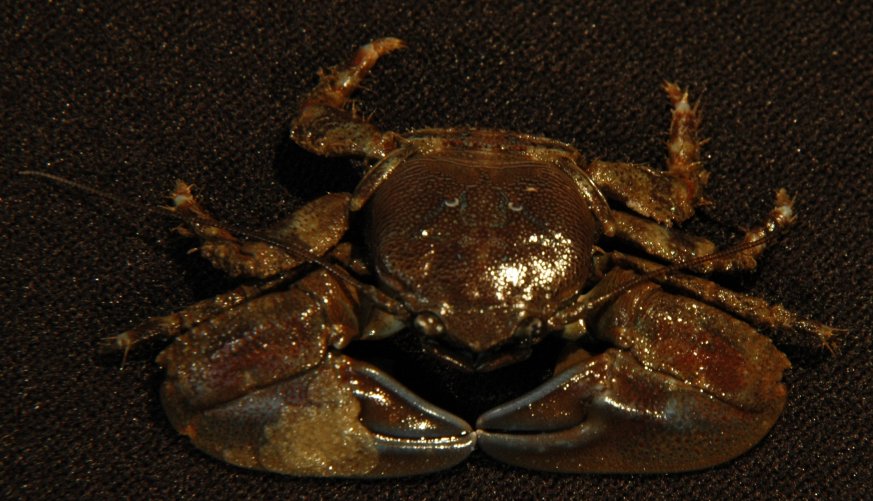 |
| Phylum Arthropoda
Subphylum Crustacea Class Malacostraca Subclass Eumalacostraca Superorder Eucarida Order Decapoda Suborder Pleocyemata Infraorder Anomura Superfamily Galatheoidea Family Porcellanidae |
|
| Petrolisthes eriomerus collected from Sares Head. Carapace width 1.3 cm | |
| (Photo by: Dave Cowles June 26, 2005) | |
How to Distinguish from Similar Species: Petrolisthes cinctipes has a shorter carpus and the margins are not parallel, plus the palp of its maxilliped is orange red. Pachycheles crabs such as Pachycheles rudis have much thicker chelae .
Geographical Range: Chicagof Island, Alaska to La Jolla, CA
Depth Range: Low intertidal to 86 m; primarily intertidal from central CA southward.
Habitat: Under rocks, on both exposed coasts and protected water. Also on kelp holdfasts and in mussel beds. Most common in areas with strong currents.
Biology/Natural History:
Filter feeds (mostly
diatoms) using long setae
on its second and third maxillipeds,
and also uses the setal
tufts (photo) on its
chelipeds
to sweep up material from rock surfaces. Crabs of this species
sometimes live together in groups of males, females, and young; with several
dominant males doing most of the breeding. Females often have two
broods per year. Has little resistance to desiccation. Petrolisthes
zoea
larvae have extremely long, distinctive rostrums.
As with most porcelain crabs, this species will very readily autotomize
its chelae
if handled. Unlike P. cinctipes,
the autotomized
claw of this species can continue pinching.
| Return to: | |||
| Main Page | Alphabetic Index | Systematic Index | Glossary |
References:
Dichotomous Keys:Coffin, 1952
Hart, 1982
Kozloff 1987, 1996
Smith and Carlton, 1975
Wicksten, 2009
General References:
Brusca
and Brusca, 1978
Jensen,
2014
Johnson
and Snook, 1955
Morris
et al., 1980
O'Clair
and O'Clair, 1998
Sept,
1999
Scientific Articles:
Russell, Robert M., Jr., 1961. Laboratory culture and developmental
stages of Petrolisthes eriomerus
Stimpson. Master's thesis, Walla Walla College. 35 pp.
General Notes and Observations: Locations, abundances, unusual behaviors:
This species is moderately common in the lower intertidal of Sares Head
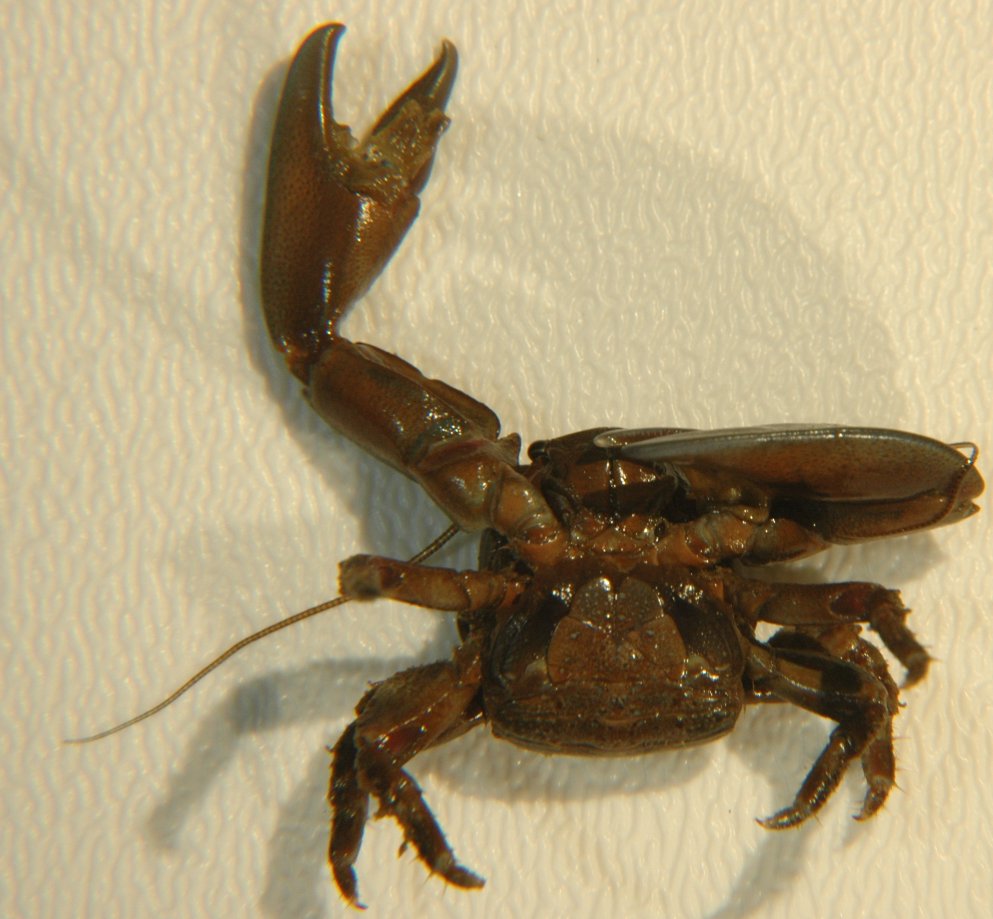
Porcelain crabs, unlike true crabs, have uropods
on their abdomens.

The undersized fifth leg is visible on porcelain crabs, folded up and
over the 3rd and 4th legs.
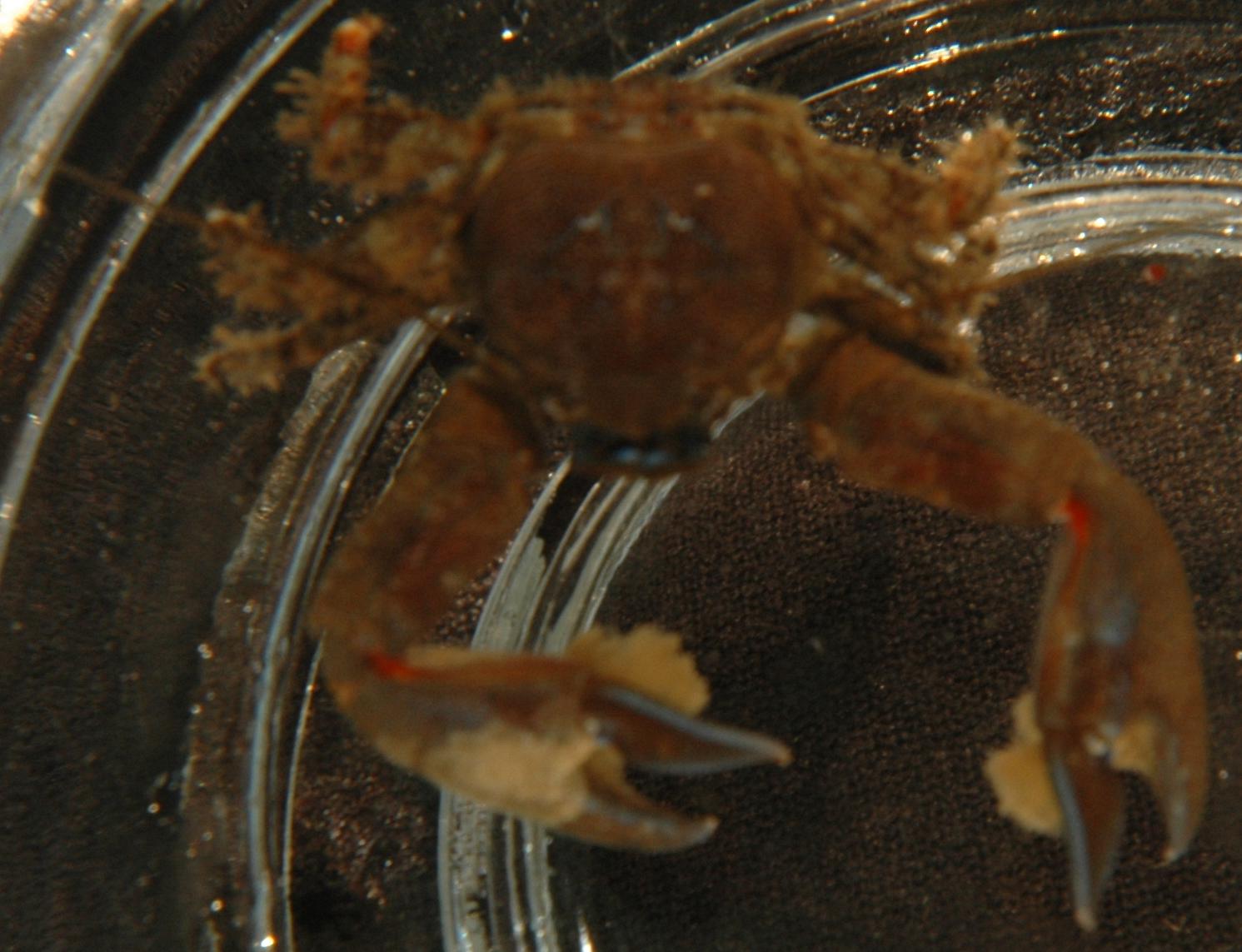
The tufts of setae
present on the chelipeds
can be seen when the animal is underwater. Notice also
the blue on the chelipeds.
Photo by Dave Cowles, June 2005
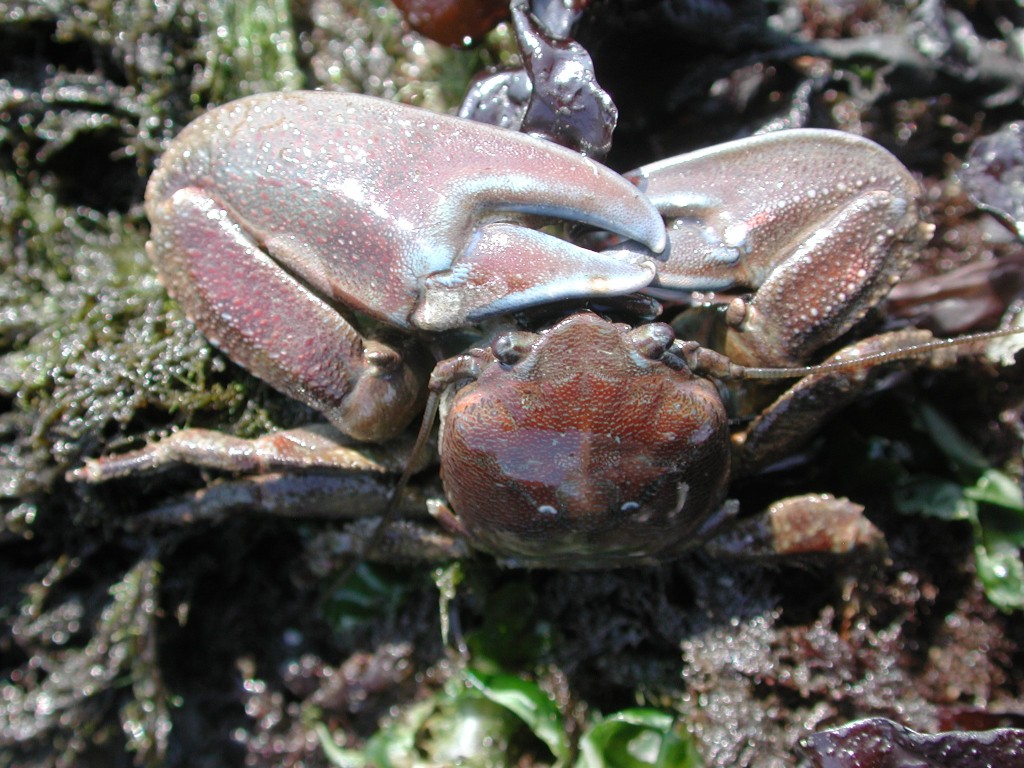 |
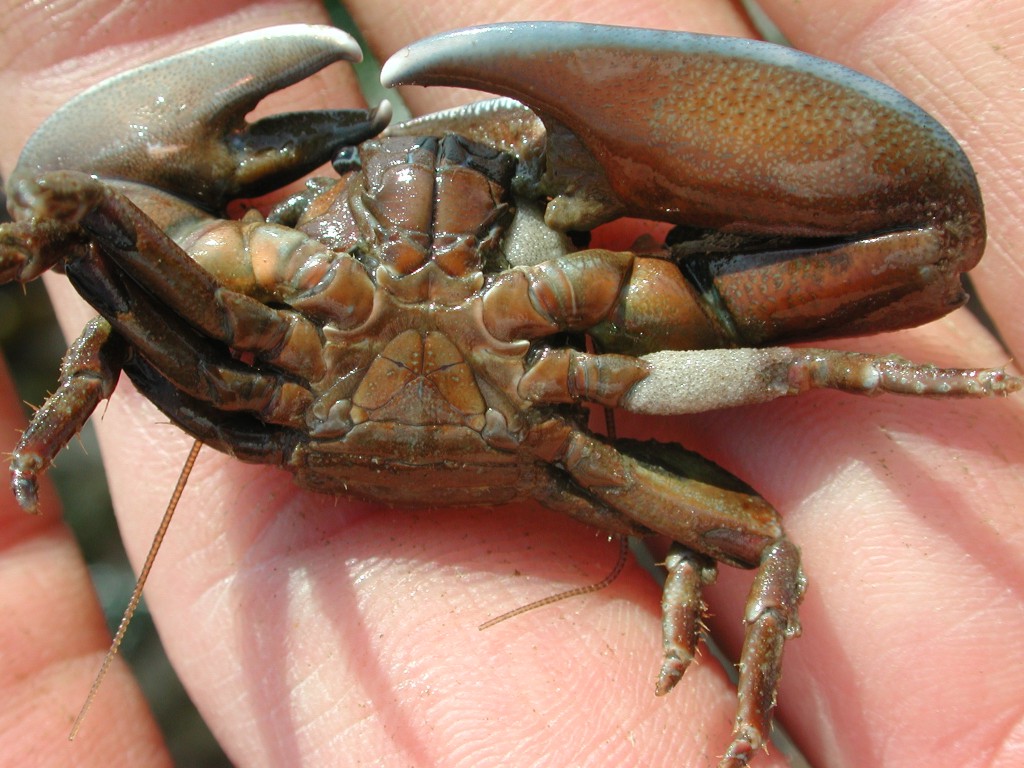 |
| This individual, found at Swirl Rocks, clearly shows the blue coloration present on the maxillipeds and the chelae. Photos by Dave Cowles, July 2007 | |
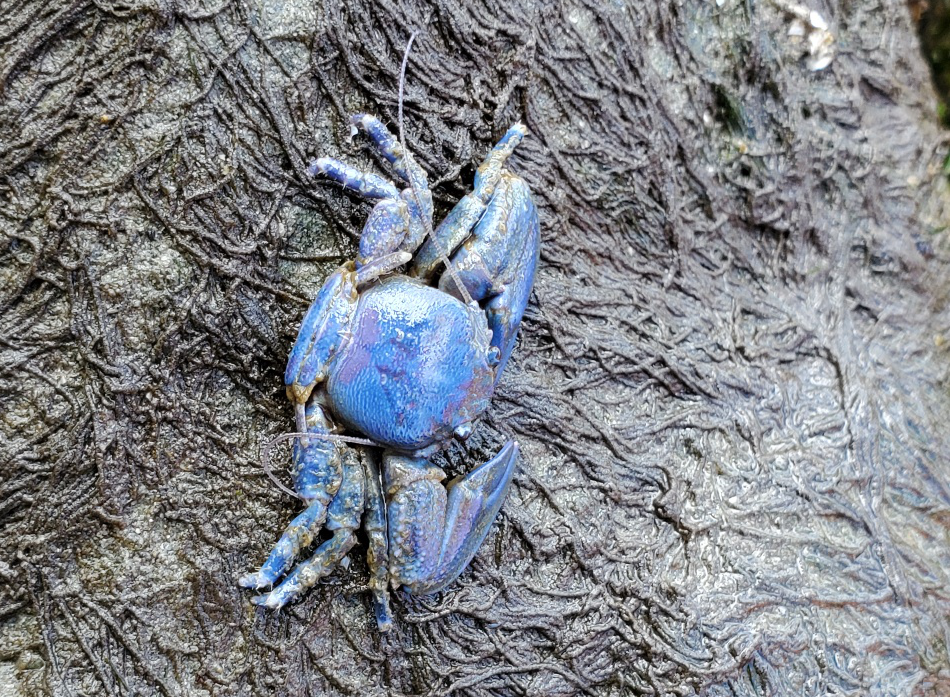 |
| The crab above was photographed at Sares Head by Kirt Onthank, June 2021 |
 |
| The crab above and below was photographed by Alexandra Tyler on Orcas Island, July 2021 |
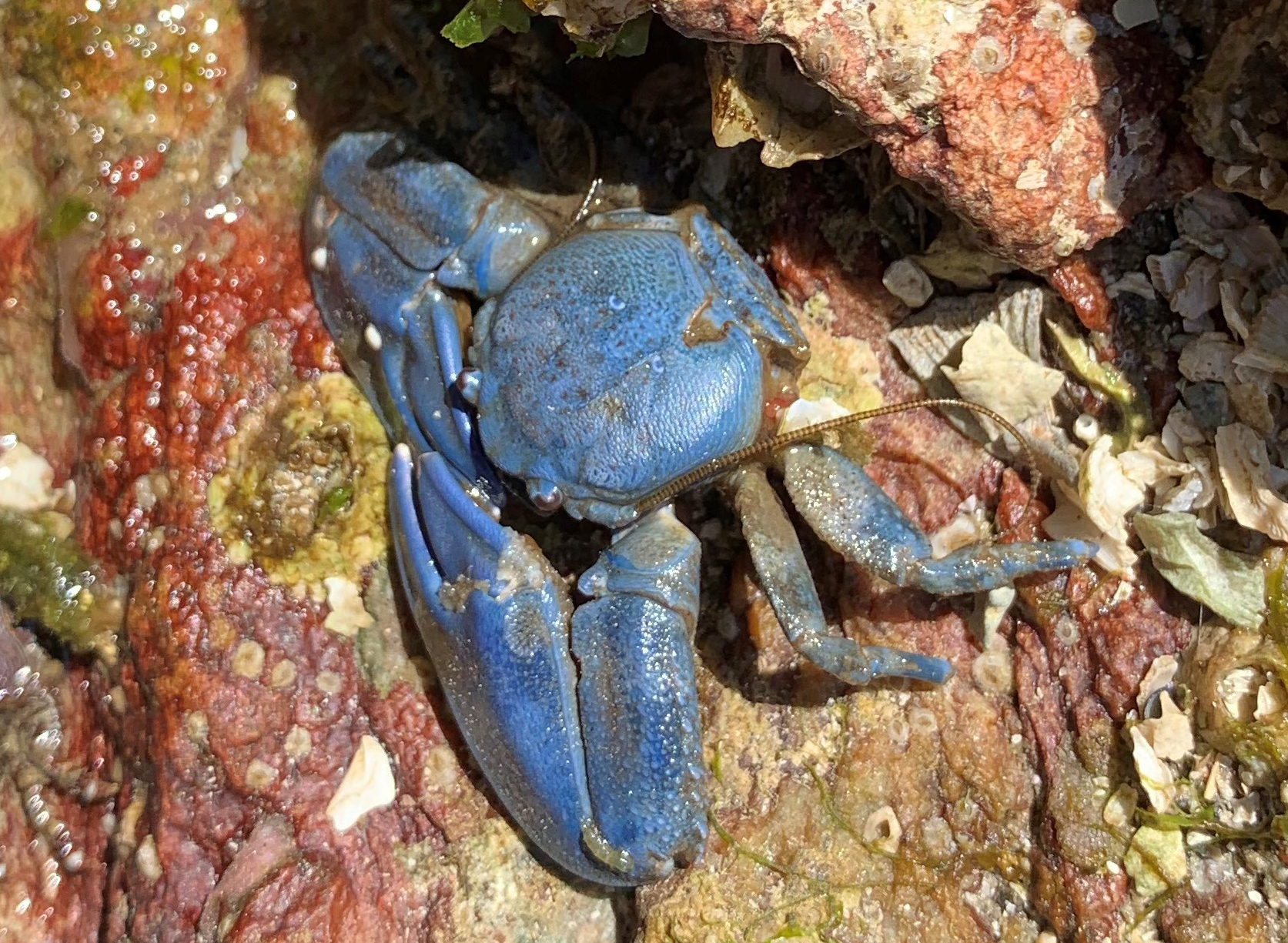 |
Authors and Editors of Page:
Dave Cowles (2005): Created original page